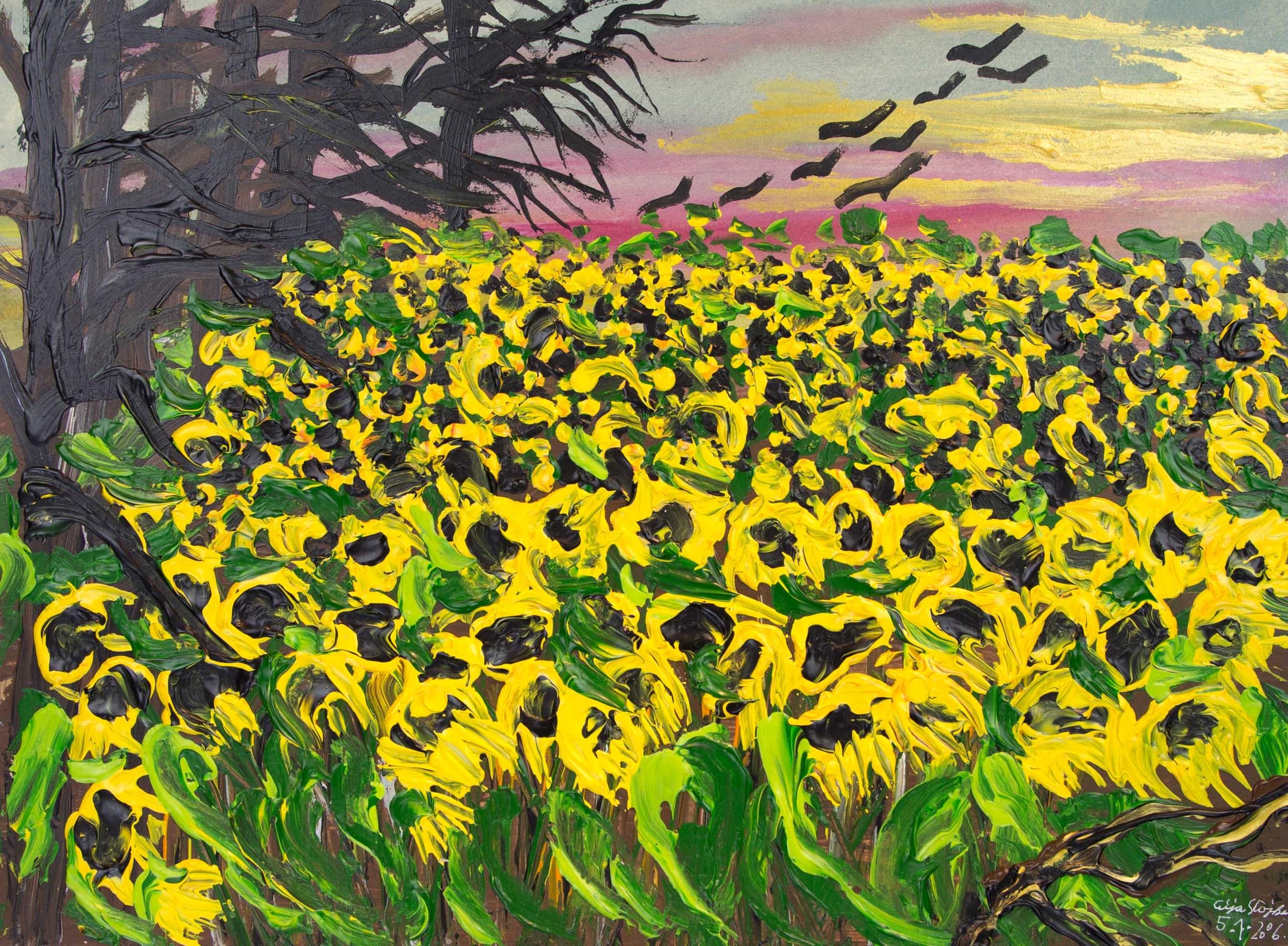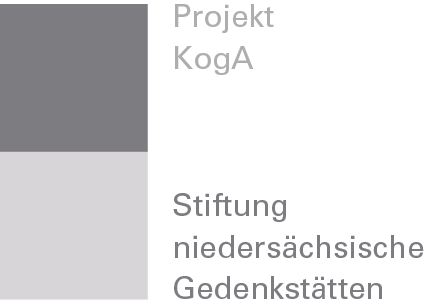Exhibition opening: Ceija Stojka. Wir konnten nichts tun

August 2 – September 14, 2025
Opening: Friday, August 1, 2025, 6:00 pm
Wir konnten nichts tun is the title of a painting by Ceija Stojka (1933–2013), a Holocaust survivor, artist, and Romani woman. The painting describes the situation in the concentration camps where, as a child, she witnessed the racially motivated extermination of her family and her people. In the early 1990s, Ceija Stojka decided it was time to take action: As a self-taught artist, she began creating an extensive artistic and literary oeuvre. Through her poems and pictures, she gave expression to the unspeakable and created powerful images for her memories using her own visual language. In doing so, she managed not only to banish her trauma but also to free herself from its clutches. What was once a helpless “Wir konnten nichts tun” became a powerful, political, and emancipatory act. Stojka’s art is now recognized and exhibited worldwide. She is considered one of the most important pioneers of contemporary Sinti and Roma art. The exhibition at the Kunstmuseum Wolfsburg includes some of her most striking works from the Kai Dikhas Collection, whose name translates to “place to see.”
Ceija Stojka was liberated from the National Socialist regime at the Bergen-Belsen concentration camp, not far from Wolfsburg. The camp appears repeatedly in her work, in both her poems and paintings. For a long time, Sinti and Roma were absent from the German consciousness as a group of prisoners and victims of genocide. Even after 1945, they continued to be marginalized and stigmatized. Only after a long struggle was their suffering recognized. Ceija Stojka was an important voice in this struggle. August 2 has now been established as European Holocaust Remembrance Day for Sinti and Roma: On the night of August 2 to 3, 1944, the Nazis murdered more than 4,000 remaining Sinti and Roma detainees in Auschwitz-Birkenau. This exhibition is being held in commemoration of this event.
The exhibition Ceija Stojka. Wir konnten nichts tun will open on Friday, August 1, 2025, at 6:00 p.m. Following opening remarks by Andreas Beitin, Director of the Kunstmuseum Wolfsburg, and an introduction by Katrin Unger, Deputy Director of the Bergen-Belsen Memorial, a panel discussion with Santino Stojka, Ceija Stojka’s grandson, and Gabriela Stojka, her daughter-in-law, will provide background information on the artist’s life and work. Gabriela Stojka spent her life at Ceija’s side and will share her memories with the audience—not only of Ceija’s stories, but also of her artistic work and her struggle for recognition and against exclusion in the civil rights movement of the Sinti and Roma. Santino Stojka is politically active: He organizes commemorations in Vienna and is chairman of the HÖR (Association of Austrian Roma Students). He belongs to the next generation of the long struggle for equality, at a time of a noticeable shift to the right in society, when many people are asking themselves, in reference to the title of the exhibition: What can we do?
The discussion will be moderated by Andrea Wierich, research assistant at the Competence Center against Antiziganism of the Lower Saxony Memorials Foundation.
Curator of the exhibition: Moritz Pankok, Artistic Director of the Kai Dikhas Foundation
The exhibition and opening events are taking place in cooperation with the Kai Dikhas Foundation and the Competence Center against Antiziganism of the Lower Saxony Memorials Foundation.


Location: Lounge of the Kunstmuseum Wolfsburg, above Café Kunstpause
Opening hours: Tuesday to Friday, 10:00 am – 6:00 pm
Saturday, Sunday and public holidays, 11:00 am – 6:00 pm